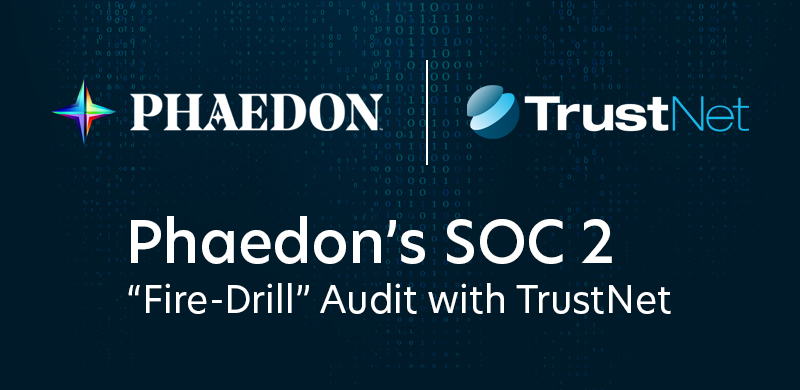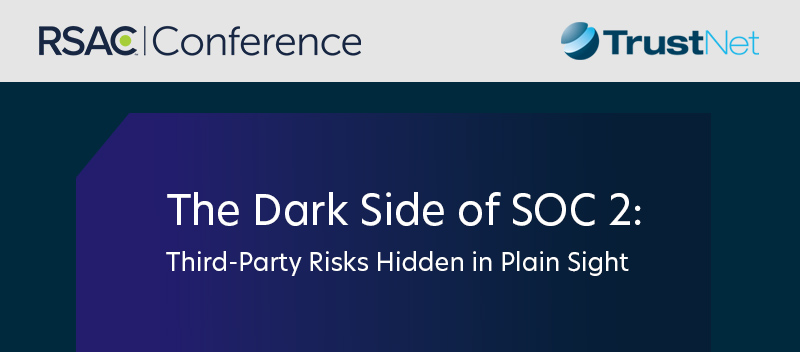
Storing, transmitting, and managing data is one of the primary support tasks that many organizations perform in today’s digital corporate landscape. Unfortunately, criminals are all too aware of this fact and are increasingly developing new strategies to break into, sabotage, steal, and destroy this precious information. For that reason, the security products designed to thwart them must also be constantly evolving.
Next-generation endpoint security is the industry’s response to this burgeoning need. As an enterprise that deals in cloud-based data in its numerous forms, your company cannot afford to pass these innovations by.
What is Traditional Endpoint Security?
When old-school programs such as anti-virus packages set about safeguarding your networks from intruders, they rely heavily on known threat intelligence. Using the knowledge of their experts, they blacklist certain types of malware that they have identified as dangerous to prevent them from running on your systems. As they become aware of new types of attacks, program manufacturers upgrade their security software, as such, it is critical for IT managers to perform regular updates and maintenance of their networks.
The flaw in this design is that millions of new methods of attack are launched every week, making it virtually impossible for this style of endpoint security to remain effective.
Given this explosion of threats, security professionals had to come up with a better way to help their clients in shielding their valuable data from attack. No longer could they wait for a virus to be detected and its signature specified. New, next-gen solutions needed to address endpoint peripherals, the equipment that does not directly connect into a company’s network or shielded by its firewalls.
Next-Generations Threats
In order to understand next-gen endpoint protection, it is important to get a grasp of the diabolically innovative ways that criminals are exploiting users and attacking systems for their own profits. Although there are several common styles of attack, the two that are most frequently seen are the following:
- Phishing
In this strategy, attackers embed malware inside sophisticated emails. Hapless users can easily be confused by the sleek credibility of these messages, which often appear to come from friends or trusted vendors or partners. However, the nasty surprises contained in the attachments these messages bear can wreak havoc on a company’s entire network, causing theft or destruction of data and endangering intellectual property.
- Ransomware
This intrusion is particularly dangerous and disruptive. Frequently through the use of phishing schemes, attackers enter a network, encrypt its contents, and demand to be given payment before restoring it to regular use by its rightful owners. The growing acceptance of Bitcoin and other forms of artificial cryptocurrency have made these schemes even more difficult to trace and eradicate.
Types Of Next-Generation Endpoint Security
Although detecting threats has always been a challenge, analysis of the current cyber landscape is exponentially more difficult because criminals are targeting endpoint applications. Next-gen endpoint protection solutions must, therefore, have a laser focus on this particularly vulnerable aspect of cybersecurity requirements. Experts in this area gain the intelligence they need by employing a number of effective strategies:
- Behavioral techniques
Security packages analyze the applications a company employs as well as how the end-user utilizes them. By so doing, they can gain insight into how criminals might work to exploit these elements.
- Traffic detection
This next-gen security tactic is designed to recognize and block communications between the co-opted endpoint application and the unknown hacker before it can do any damage to your data or support center.
- Exploit mitigation
Using this technology, modern security professionals can identify and block the technology that attackers use to gain access to the system.
- Machine learning
In spite of its science-fiction connotations, this concept simply refers to the phenomenon of a security strategy benefiting from information that has been obtained via another one. Facts about the specific nature of viruses that are then incorporated into a second security suite is an example of this type of sharing.
- Deep learning
This complex process of information exchange involves using an existing fund of knowledge about the numerous characteristics of data and malware to independently make determinations about security threats. The effectiveness of deep learning is, however, only as good as the information that is inputted into the algorithm.
Components of a Next-Generation Endpoint Security Platform
Although “next-gen” seems to be the buzzword of the decade, not all current offerings truly fall into that category. For an IT cyber-protection suite to be considered next-gen, it should contain the following indispensable elements:
- Good IT housekeeping
If an IT team fails to update firmware and software and does not remain vigilant over users and their authentication and email behaviors, the effectiveness of any other protective measures will be seriously compromised. Therefore, keeping your IT house in order via human and automated technology tools is a must.
- Employ next-generation anti-virus solutions
In addition to looking for known signatures, this software should also contain behavioral analytics capabilities that enable you to detect a prospective attack and stop it in its tracks.
- Endpoint detection and response
When attack prevention is not enough, your company needs to be well-positioned to mitigate the effects of a breach. This involves thorough activity logging, data analysis, and intelligent discovery to lessen the time between when a breach was discovered and when its cascading consequences were halted.
- Threat intelligence.
When your staff is armed with an ongoing stream of highly useful information about your systems, end-user behavior, and zero-day breaches that are coming on the scene, they can create and distribute spot-on reports in a timely fashion that serve to notify stakeholders of potential incidents before they happen and stimulate planning discussions that can ultimately cushion the organization from damage.
- Cloud-based ecosystem.
Thanks to the infinite resources of this remote storage mechanism, your staff can collect massive amounts of systems-related data, store it indefinitely and search through it with speed and efficiency when a breach or other security incident arises.
Malicious attacks are ceaselessly morphing, becoming more sophisticated and difficult to intercept with each passing day. No longer is having next-generation endpoint security a luxury; these advanced technologies have become a necessity that helps to protect crucial data and networks. The stakes are too high to allow attackers to violate the sanctity of your systems and the information they hold.




